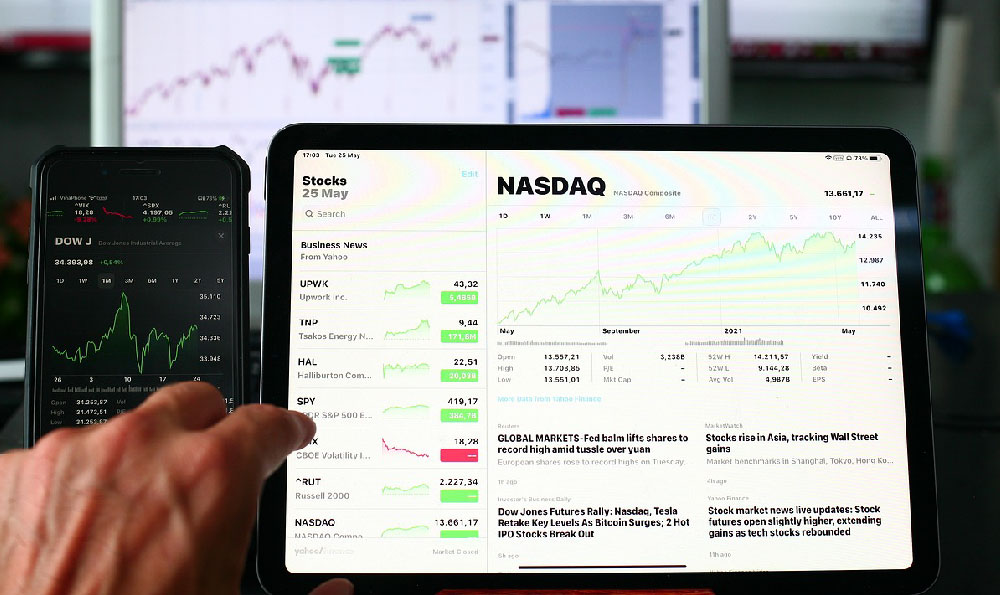
Mobile apps have revolutionized the way we interact with the world, providing access to information, entertainment, and services at our fingertips. However, behind every successful app lies a well-defined monetization strategy that ensures its long-term sustainability. Developing a great app is only half the battle; figuring out how to generate revenue from it is crucial for continued development, maintenance, and future innovation. The landscape of mobile app monetization is diverse, with various approaches catering to different app types and target audiences. Understanding these strategies is essential for developers and businesses seeking to build profitable mobile applications.
One of the most prevalent monetization models is the freemium approach. In this model, the app is offered for free with a basic set of features, attracting a wide user base. To access premium features, enhanced functionality, or an ad-free experience, users are prompted to upgrade to a paid subscription or make in-app purchases. The success of the freemium model hinges on striking a delicate balance between offering sufficient value in the free version to attract users while enticing them to upgrade for a more compelling experience. Popular examples include streaming services offering ad-free listening or video platforms unlocking exclusive content. The key is to identify features that users are willing to pay for, enhancing the overall value proposition of the app. Carefully analyzing user behavior and identifying pain points that can be addressed with premium features is vital for optimizing the freemium model.
Another common monetization strategy is advertising. Mobile ads can take various forms, including banner ads, interstitial ads (full-screen ads that appear between activities), rewarded video ads (users watch a video to earn in-app rewards), and native ads (ads that blend seamlessly into the app's content). Advertising can be a significant revenue stream, especially for apps with a large and engaged user base. However, it's crucial to implement ads strategically to avoid disrupting the user experience. Overly intrusive or irrelevant ads can lead to user frustration and abandonment. Finding the right balance between revenue generation and user satisfaction is key to successful ad monetization. Rewarded video ads have become increasingly popular, as they offer users a clear value exchange and are less likely to be perceived as intrusive. Effective ad targeting and placement are also crucial for maximizing revenue and ensuring relevance to the user.

In-app purchases (IAPs) are a direct way to generate revenue within an app, typically used in games and apps offering virtual goods, consumables, or subscriptions. Games often utilize IAPs for purchasing virtual currency, power-ups, or cosmetic items. Other apps may offer subscriptions for premium content, features, or services. The success of IAPs depends on offering compelling items that enhance the user's experience and provide a clear value proposition. Prices must be carefully considered to ensure affordability and attractiveness to the target audience. Implementing a well-designed IAP system that is seamless and user-friendly is crucial for maximizing revenue. Furthermore, understanding user psychology and offering targeted promotions can further drive IAP sales.
Subscriptions provide a recurring revenue stream by charging users a fee for continued access to the app's features or content. This model is commonly used by streaming services, news apps, and productivity tools. The key to a successful subscription model is providing ongoing value to subscribers and ensuring that they perceive the benefits of continued membership. This can involve offering exclusive content, regular updates, and excellent customer support. Clearly communicating the value proposition of the subscription and offering different tiers to cater to diverse needs can further enhance its attractiveness. Subscriber retention is crucial for long-term success, so continuously engaging with users and providing valuable content is essential.
Paid Apps represent a straightforward monetization model where users pay a one-time fee to download the app. This model is suitable for apps that offer a unique and highly valuable service or experience. To succeed with a paid app, it's crucial to have a strong marketing strategy and to clearly communicate the app's value proposition to potential users. High-quality design, functionality, and a positive user experience are essential for justifying the purchase price. Paid apps often face a higher barrier to entry compared to free apps, so it's crucial to demonstrate the app's worth and build trust with potential users.
Data Monetization involves collecting and analyzing user data to generate revenue. This can be done by selling anonymized data to third-party companies for research or advertising purposes. However, data monetization raises privacy concerns, and it's crucial to be transparent with users about data collection practices and to comply with privacy regulations. Obtaining user consent and implementing robust data security measures are essential for maintaining trust and avoiding legal issues. Data monetization can be a lucrative revenue stream, but it must be approached responsibly and ethically.
Finally, Affiliate Marketing involves partnering with other businesses to promote their products or services within the app and earn a commission on sales generated through those promotions. This can be a mutually beneficial arrangement, providing value to users while generating revenue for the app developer. It's crucial to choose affiliate partners that are relevant to the app's target audience and that offer products or services that align with their interests. Transparency is key, and users should be clearly informed when they are clicking on an affiliate link.
In conclusion, the ideal mobile app monetization strategy depends on a variety of factors, including the app's type, target audience, and the value proposition it offers. A combination of these strategies can sometimes be the most effective approach, allowing developers to diversify their revenue streams and optimize their earnings. Careful planning, thorough market research, and a deep understanding of user behavior are essential for selecting and implementing the most appropriate monetization strategy. Constant monitoring and adaptation are also crucial, as the mobile app landscape is constantly evolving. The ultimate goal is to create a sustainable business model that allows the app to continue to thrive and provide value to its users.





